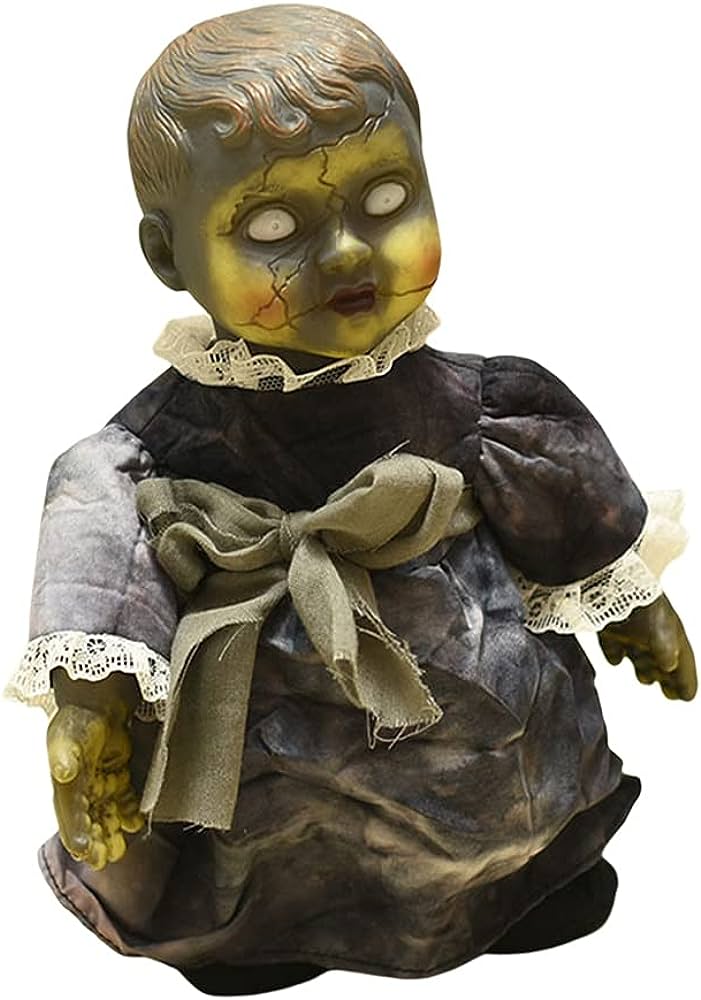Creepy dolls have been a part of human culture for centuries, inspiring fear, fascination, and even a sense of nostalgia. But where did these eerie toys come from, and what is the chilling truth about their origins? In this essay, we will explore the history of creepy dolls, from their early origins to their place in contemporary culture.

The Early Origins of Dolls
Dolls have been a part of human culture for thousands of years, with some of the earliest examples dating back to ancient Egypt and Greece. These dolls were often made from materials like clay or wood, and were meant to serve as representations of the human form. However, as dolls became more lifelike, they also became more unsettling, with some dolls having features like glass eyes or real hair that added to their eerie appearance.
The Rise of the Uncanny Valley
The uncanny valley is a term used to describe the feeling of unease or discomfort that arises when something appears almost human but not quite. This concept is particularly relevant to creepy dolls, which often fall into this category. As dolls became more lifelike, they began to cross into the uncanny valley, creating a sense of cognitive dissonance that is both eerie and fascinating.
The Role of Horror Literature
Horror literature has played a significant role in the evolution of creepy dolls. From the Victorian-era horror stories featuring dolls possessed by malevolent spirits, to modern-day horror like Child’s Play, dolls have been a staple of the horror genre. These stories have influenced our perceptions of dolls, shaping them into eerie objects associated with danger and terror.
The Impact of Culture and Media
Culture and media have also played a significant role in the creation and popularity of creepy dolls. From the Cabbage Patch Kids of the 1980s to the haunted dolls of today, the toys we play with and the stories we tell about them shape our perceptions of dolls. Additionally, the proliferation of horror movies and literature featuring dolls has only added to their eerie reputation.
The Psychology of Creepy Dolls
The psychology behind our fascination with creepy dolls is complex and multifaceted. Dolls are often associated with childhood and innocence, but when they are portrayed as malevolent, it creates a sense of cognitive dissonance that is both eerie and fascinating. Additionally, the idea of a seemingly harmless object being capable of such malevolence taps into our primal fears of the unknown and the supernatural.
The Ethics of Creepy Dolls
While creepy dolls can be fascinating and even entertaining, it’s important to consider the ethical implications of their usage. Depicting dolls with disabilities as inherently creepy or scary can be harmful and perpetuate negative stereotypes. Additionally, creating horror stories that feature dolls as the villains can contribute to a culture of fear and paranoia.
Conclusion
The chilling truth about the origins of creepy dolls is a complex and multifaceted topic. From the early origins of dolls to their place in contemporary culture, dolls have been a part of human culture for centuries. While dolls can be associated with innocence and nostalgia, they also have an eerie and unsettling quality that has captured our imaginations and inspired fear and fascination for generations. By understanding the psychology and ethics of creepy dolls, we can approach them with a critical eye and appreciate their place in our culture.